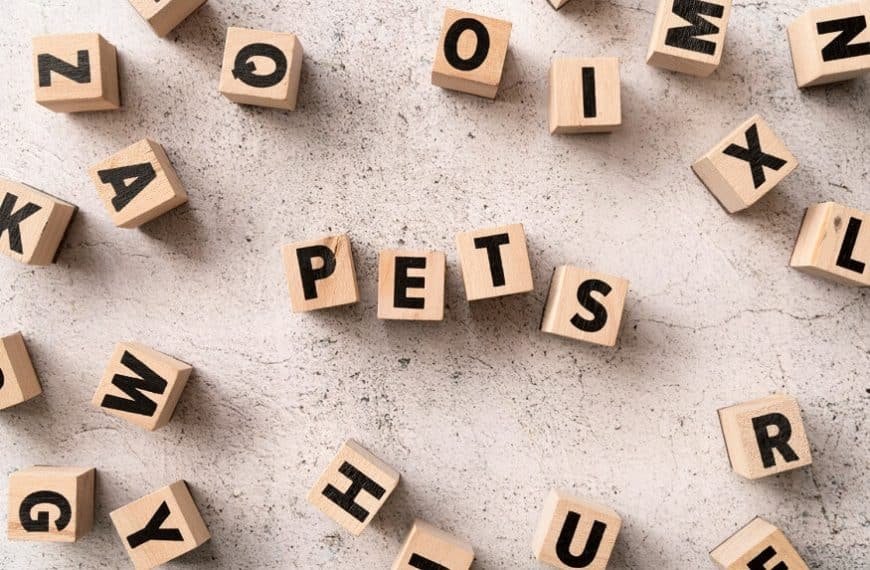
How to teach plural nouns to young children
Teaching plural nouns to young children can be a fun and engaging process when approached with creativity, patience, and the right techniques. As children begin to develop language skills, understanding the concept of plural nouns—words that indicate more than one of something—is a fundamental building block of their grammar development. Whether you’re a teacher, parent, or caregiver, this guide will provide you with effective strategies to teach plural nouns to young learners.
1. Understanding Plural Nouns

Before diving into the teaching methods, it’s important to have a clear understanding of what plural nouns are. Plural nouns are words used to indicate that there is more than one person, animal, thing, or concept. Most plural nouns are formed by adding “-s” or “-es” to the end of the singular noun. For example:
- Dog (singular) becomes Dogs (plural).
- Cat (singular) becomes Cats (plural).
- Box (singular) becomes Boxes (plural).
However, there are some irregular plural forms, like:
- Child (singular) becomes Children (plural).
- Man (singular) becomes Men (plural).
These exceptions need to be taught separately, as they don’t follow the same rules.
2. Start with Concrete Examples
Children learn best when concepts are tied to real-world experiences. Start by showing them tangible objects they can interact with. For example, show a single toy car and say, “This is a car.” Then, show them two or more cars and say, “These are cars.” Pointing out the difference between one car and two or more cars helps young learners understand the concept visually and physically.
You can also use familiar objects around the house, such as:
- A single apple and then multiple apples
- A single chair and then multiple chairs
- One book and several books
Having children physically handle and count the objects will solidify their understanding of singular and plural.
3. Use Rhymes and Songs
Songs and rhymes are excellent tools for teaching young children. They engage children’s senses and make learning fun. The repetitive nature of songs helps children internalize language rules. Create a simple song with a sing-song rhythm to emphasize singular and plural nouns. Here’s an example:
One dog, two dogs, they like to play,
One cat, two cats, they chase the mouse all day!
As you sing, emphasize the change from “dog” to “dogs” and from “cat” to “cats.” You can even make up your own versions using the nouns children are familiar with. This musical approach helps children recall plural forms naturally.
4. Introduce Plural Nouns Gradually
Start with the basic “-s” ending for plurals. Many common nouns form their plural by simply adding an “s,” so introduce these first. Use visuals and real-world examples to show how the change happens. Once children understand the “-s” rule, you can move on to more complex plural forms, such as those that end in “-es.”
For example:
- Apple (singular) → Apples (plural)
- Cup (singular) → Cups (plural)
Once they are comfortable with the basic rules, you can introduce words that require the addition of “-es,” such as:
- Box (singular) → Boxes (plural)
- Dish (singular) → Dishes (plural)
5. Interactive Activities
Interactive activities help children apply the concept of plural nouns in a hands-on way. Here are a few fun ideas:
A. Sorting Game
Provide children with a set of picture cards featuring different nouns. Some cards should show singular items (like a cat, a ball, or a book), while others should show groups of items (like several cats, multiple balls, or a pile of books). Ask the children to sort the cards into two piles: one for singular nouns and one for plural nouns. This activity reinforces the difference between singular and plural forms while allowing them to physically interact with the concept.
B. Noun Hunt
Turn your home or classroom into a noun-hunting expedition! Give the children a list of objects to find, and have them collect one of each item, then multiple items of the same type. For example, they might find:
- One hat (singular) and two hats (plural)
- One shoe (singular) and three shoes (plural)
Encourage them to say the singular and plural forms aloud as they find the objects.
C. Art and Craft
Get creative with art projects. Ask children to draw one of their favorite animals, like a cat or a dog. Then, have them draw two or more of the same animal to reinforce the idea of pluralization. Afterward, you can label the drawings with the singular and plural forms. For instance, one dog, two dogs.
6. Use Books and Stories
Children’s books are wonderful for teaching grammar concepts like plural nouns. Choose books that feature many examples of plural words. Reading aloud to children provides an opportunity for them to hear plural nouns in context. When reading, stop and point out plural nouns as they appear in the story. You can ask, “What’s the plural of ‘dog’?” or “How many apples are there?”
Some classic books that feature plural nouns include:
- Brown Bear, Brown Bear, What Do You See? by Bill Martin Jr. and Eric Carle
- The Very Hungry Caterpillar by Eric Carle
- Big Red Barn by Margaret Wise Brown
These books feature repetition and colorful illustrations, making it easier for children to understand and retain plural forms.
7. Make it a Daily Practice
Consistency is key to reinforcing the concept of plural nouns. Incorporate plural practice into everyday conversations. For example, when you’re walking around the park, you can point out the plural forms of objects you see: “Look at all the birds. There are many birds flying.” This will help children hear and understand plural nouns in a natural setting, and they’ll begin to use them in their own speech.
8. Use Technology and Apps
In today’s digital age, there are many educational apps and online resources that can help reinforce plural noun concepts. Interactive games, videos, and exercises can keep children engaged while providing opportunities for practice. Many apps are designed to be age-appropriate, offering visual and auditory reinforcement of plural forms.
Some useful apps and websites for teaching plural nouns include:
- Endless Alphabet (for younger children)
- Starfall (an educational platform with grammar games)
- ABCmouse (offers a wide variety of language activities)
9. Provide Positive Reinforcement
As children begin to understand and use plural nouns, offer plenty of positive reinforcement. Celebrate their success when they correctly use a plural noun, whether it’s through praise, stickers, or extra playtime. Positive reinforcement will motivate them to keep practicing and using plural forms correctly.
10. Be Patient and Allow for Mistakes
It’s important to remember that mastering plural nouns takes time, and young children may make mistakes along the way. Rather than correcting every small error immediately, focus on gently guiding them toward the correct form. Over time, they will internalize the rules and use plural nouns correctly in both speaking and writing.
Conclusion
Teaching plural nouns to young children can be a rewarding experience for both educators and learners. By using hands-on activities, songs, stories, and consistent practice, you can help children understand and apply the rules of plural nouns. With patience and creativity, you’ll foster a love of language and give children the foundational skills they need to build strong grammar and communication skills.






